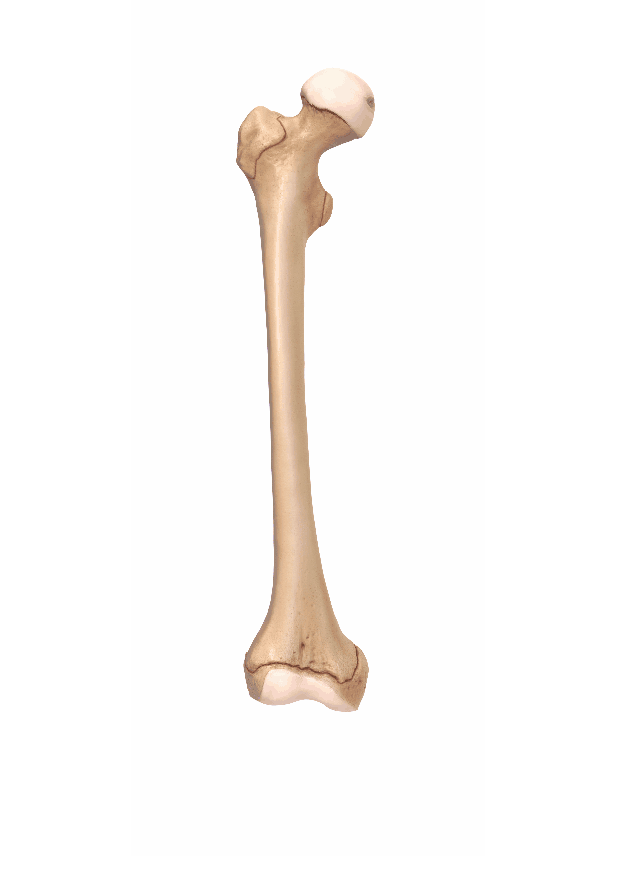 During childhood, certain illnesses or injuries can slow or damage growth plates, causing developmental limb length discrepancy.
During childhood, certain illnesses or injuries can slow or damage growth plates, causing developmental limb length discrepancy.
In adolescence, growth plates close and are replaced by solid bone, but until then, they are one of the weakest areas of the growing skeleton and vulnerable to injury.
With growth plate injuries, such as a fracture, limb length discrepancy develops over time because the damaged growth plate cannot match the development of the corresponding growth plate in the opposite leg. This type of injury may not be noticed at first, but it will show over the years as the limbs grow at different rates.
Diseases of the bone, such as osteomyelitis, can also injure the growth plate. In this case, bacteria or viruses in a child’s bloodstream or tissue can infect a bone, causing osteomyelitis. Generally, this type of bone infection is found in premature infants and babies born with complications, and infection is most common in the long bones of the body.
Other conditions that may cause stalled limb growth or limb length discrepancy include Ollier’s disease, neurofibromatosis, multiple hereditary exostoses, polio, infection, radiation, cerebral palsy, spina bifida, and clubfoot, as well as other bone diseases and lower extremity deformities.
